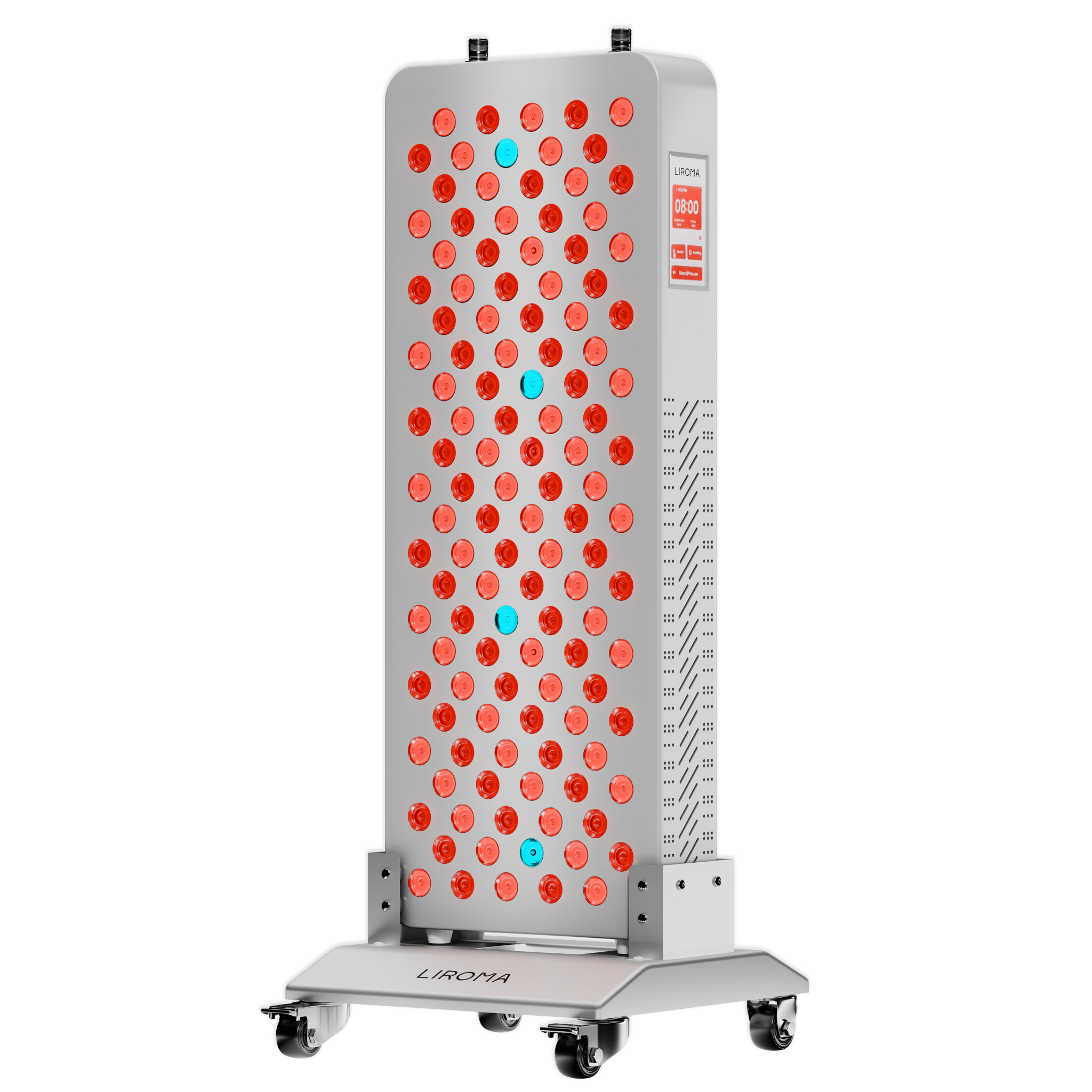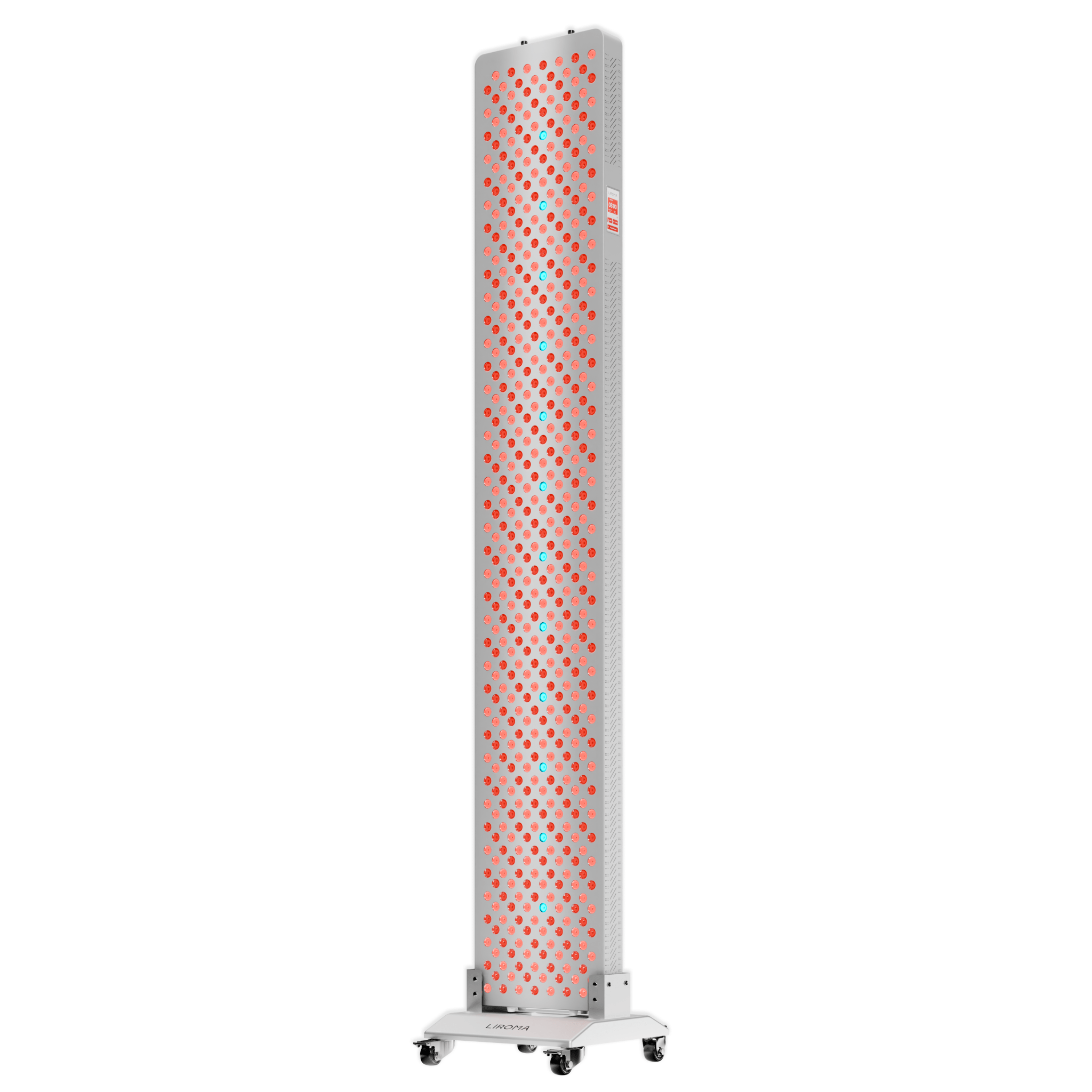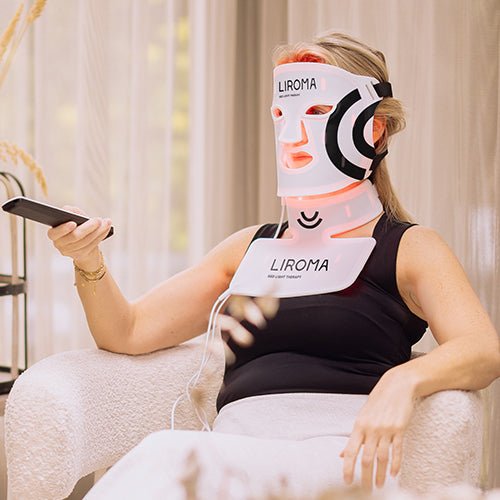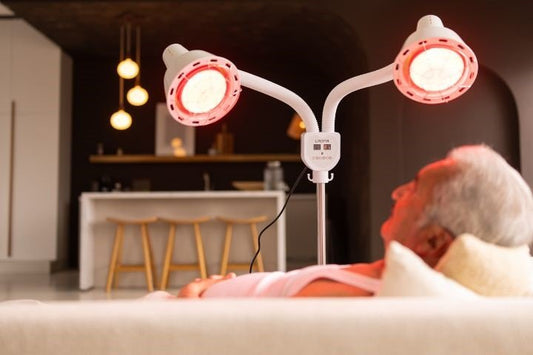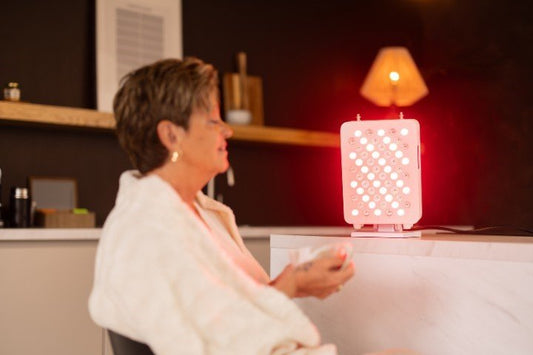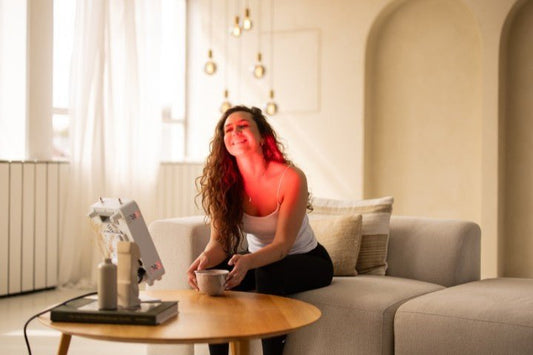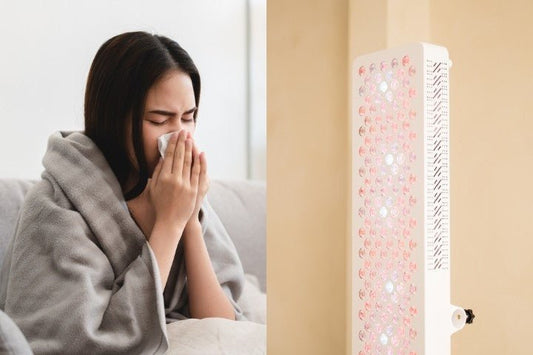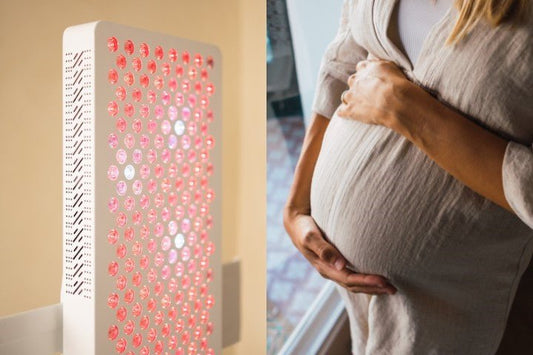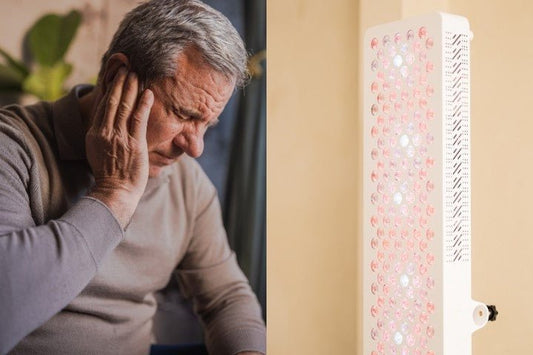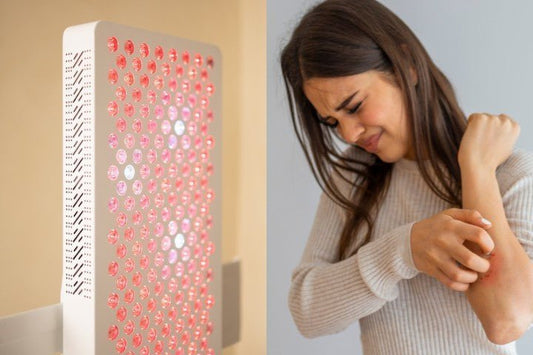Everyone experiences it from time to time: sore muscles, stiff joints, or irritated skin. In many cases, inflammation is the underlying cause. While inflammation is a helpful bodily response, it can become chronic, and then it starts working against you instead of for you.
More and more people are discovering red light therapy as a natural way to reduce pain and inflammation. But what makes this type of light so special? How does it work? And what conditions can it help with? In this article, we’ll tell you all about it.
Note: The content below is not intended as medical advice. It’s based on our own knowledge, customer experiences, and various online sources.
Table of Contents

What causes inflammation in the body?
Inflammation occurs when your immune system activates to repair damage or fight off invaders like bacteria and viruses. In the case of a cut or a sprain, this is a healthy and temporary response. Your body sends white blood cells to the affected area, causing redness, swelling, and warmth — the classic signs of inflammation.
However, sometimes this reaction doesn’t shut off, even without a clear cause. This is called chronic inflammation, and it can be problematic. This type of “low-grade inflammation” is linked to many modern health issues, including:
- Osteoarthritis
- Rheumatoid arthritis
- Type 2 diabetes
- Cardiovascular disease
- Gut problems
- Autoimmune diseases
Factors such as stress, poor diet, lack of sleep, and toxins can all make inflammation worse. Fortunately, there are natural ways to support your body, and red light is one of them.
Does red light help with inflammation?
Red light therapy, also known as light therapy or photobiomodulation, uses specific wavelengths of red (and near-infrared) light. These light waves penetrate deeply into the skin and tissue, stimulating the activity of your mitochondria, the energy powerhouses of your cells.
What happens then?
- Cells produce more ATP (energy)
- Oxidative stress is reduced
- Inflammatory compounds decrease
- Healing and regeneration processes speed up
In short: red light helps your body heal more efficiently, reduce inflammation, and relieve pain — without medication or invasive treatments.
While the names are sometimes used interchangeably, infrared lamps (like old-school heat lamps) mainly produce warmth. They don't penetrate as deeply and don’t target cellular processes the way red light therapy does. So yes, it’s a very different technology.

What does science say?
Over the past few years, interest in red light therapy has grown rapidly. Rightly so — there are now hundreds of studies exploring its effect on inflammation and pain.
Some key scientific findings:
- Red light reduces pro-inflammatory cytokines, which fuel inflammation
- It increases cellular antioxidants like melatonin (working locally inside cells)
- In osteoarthritis patients, red light significantly reduces pain and stiffness
- In rheumatoid arthritis, it lowers the activity of genes that drive inflammation
- There’s even evidence that neuro-inflammation (such as in depression and brain disorders) responds positively to red light
A leading expert in this field, Dr. Michael Hamblin of Harvard University, states:
“One of the most reproducible effects of light therapy is a general reduction in inflammation.”
Meta-analyses also confirm that red light therapy not only relieves pain but also provides functional improvements in conditions such as arthritis, tendinitis, and muscle injuries.
Although the biological mechanisms are still being studied, the current scientific consensus is clear: red light has measurable anti-inflammatory effects, making it a valuable therapy, especially for chronic conditions.

Which conditions can red light therapy help with?
The anti-inflammatory and pain-relieving effects of red light therapy can support a wide range of health complaints, including:
Joint and muscle pain
- Osteoarthritis (e.g., knee or neck)
- Rheumatoid arthritis
- Tendinitis
- Fibromyalgia
- Myofascial pain syndrome
Skin conditions
- Psoriasis
- Eczema
- Acne
- Rosacea
- Wound healing & scar reduction
Neurological and internal issues
- Neuro-inflammation (e.g., Alzheimer’s, depression)
- Inflammatory bowel disease (e.g., colitis)
- Chronic fatigue
- Post-surgical pain or injury
Acute injuries
- Sprains and strains
- Muscle soreness after exercise
- Post-workout recovery
While results vary per individual and condition, many users report reduced stiffness, pain, and swelling after consistent red light use.
View all red light therapy lamps

How to use red light therapy effectively
The great thing about red light therapy? You can easily do it at home if you follow some simple guidelines:
- Keep a distance of 15–30 cm from the lamp
- Treat each area for 5–20 minutes
- Repeat: 3 to 6 times per week
- Clean your skin beforehand (no creams or makeup)
- Wear protective goggles if treating the face
Choose a fixed time in your day, after exercise or before bed, and stick to it. Results often appear after a few weeks, so consistency is key!
Summary
Red light therapy is a smart and safe way to support your body in fighting pain and inflammation. By working on a cellular level, it helps regulate inflammatory processes, relieve chronic symptoms, and speed up recovery.
Thinking about trying it? Make sure to:
- Choose a high-quality device with the right specifications
- Use it consistently
- Combine it with a healthy lifestyle for the best results


